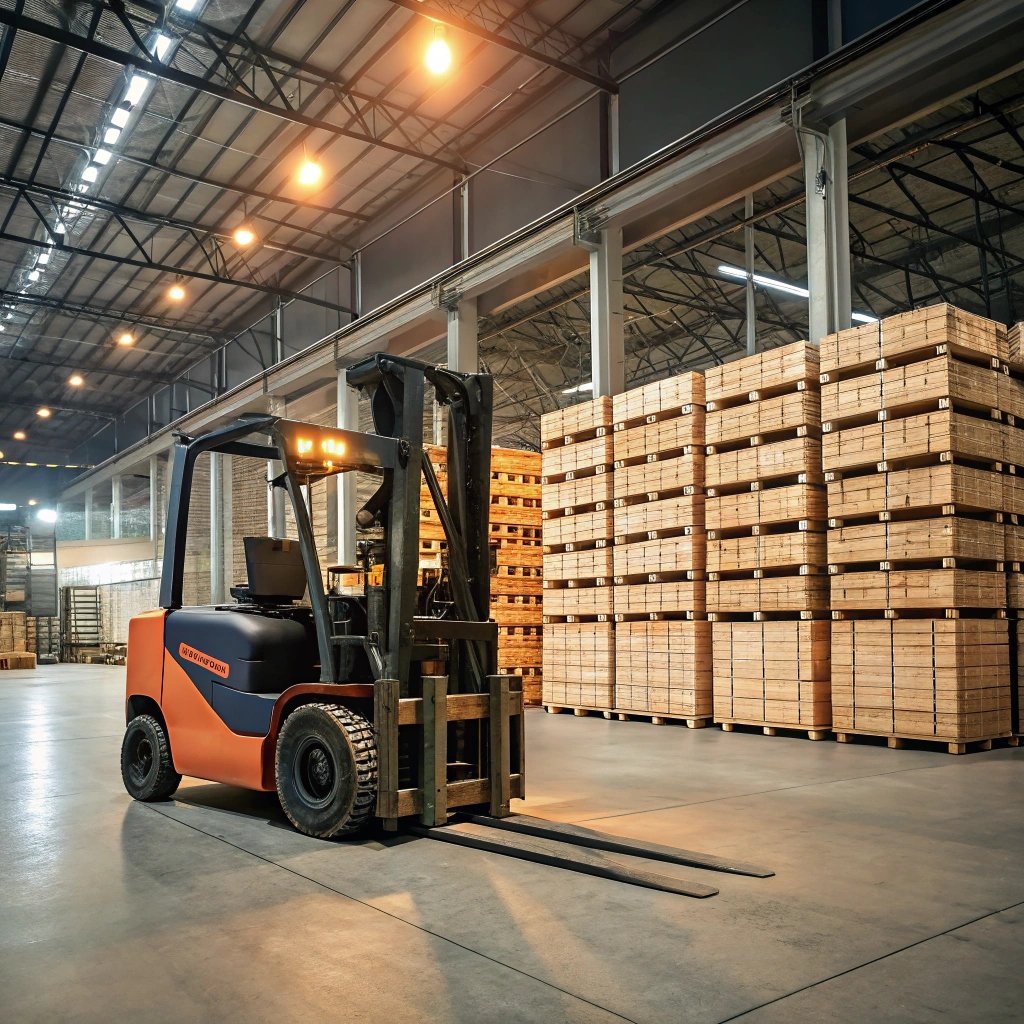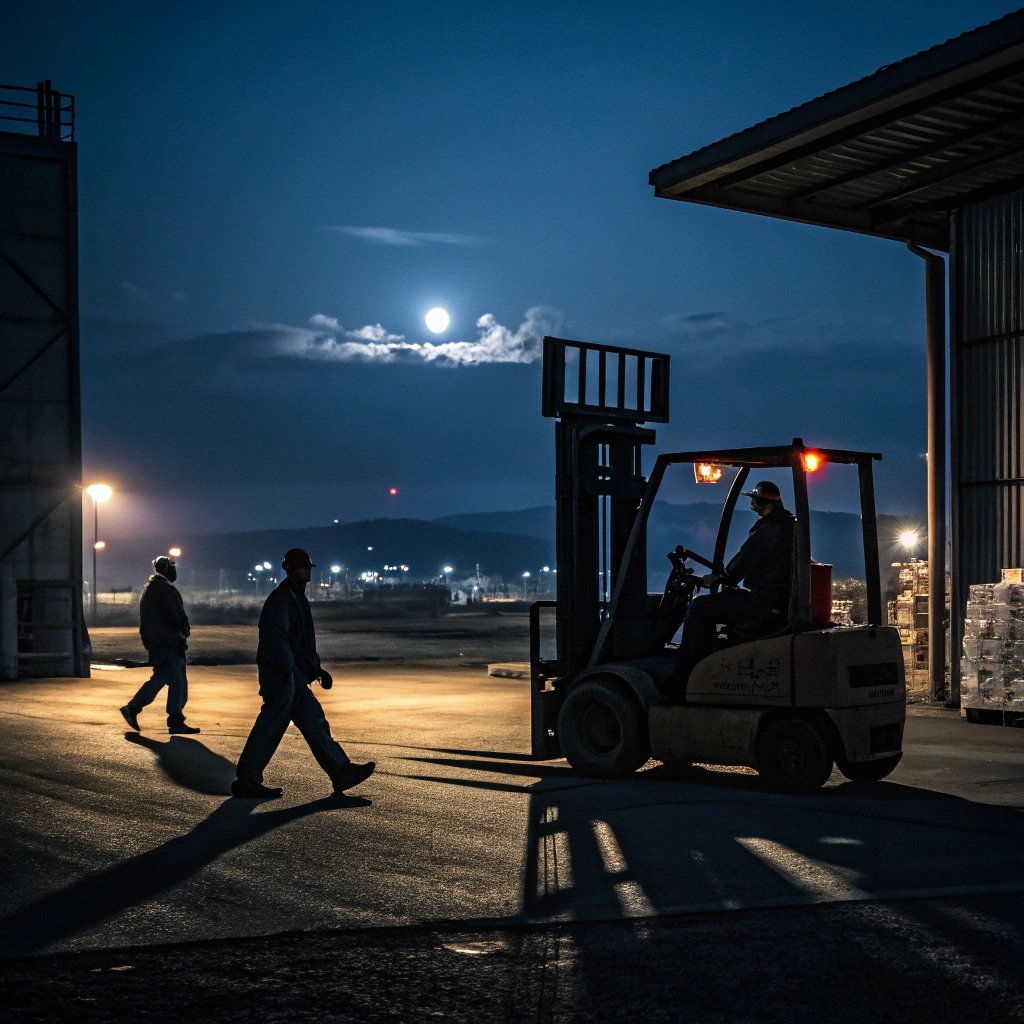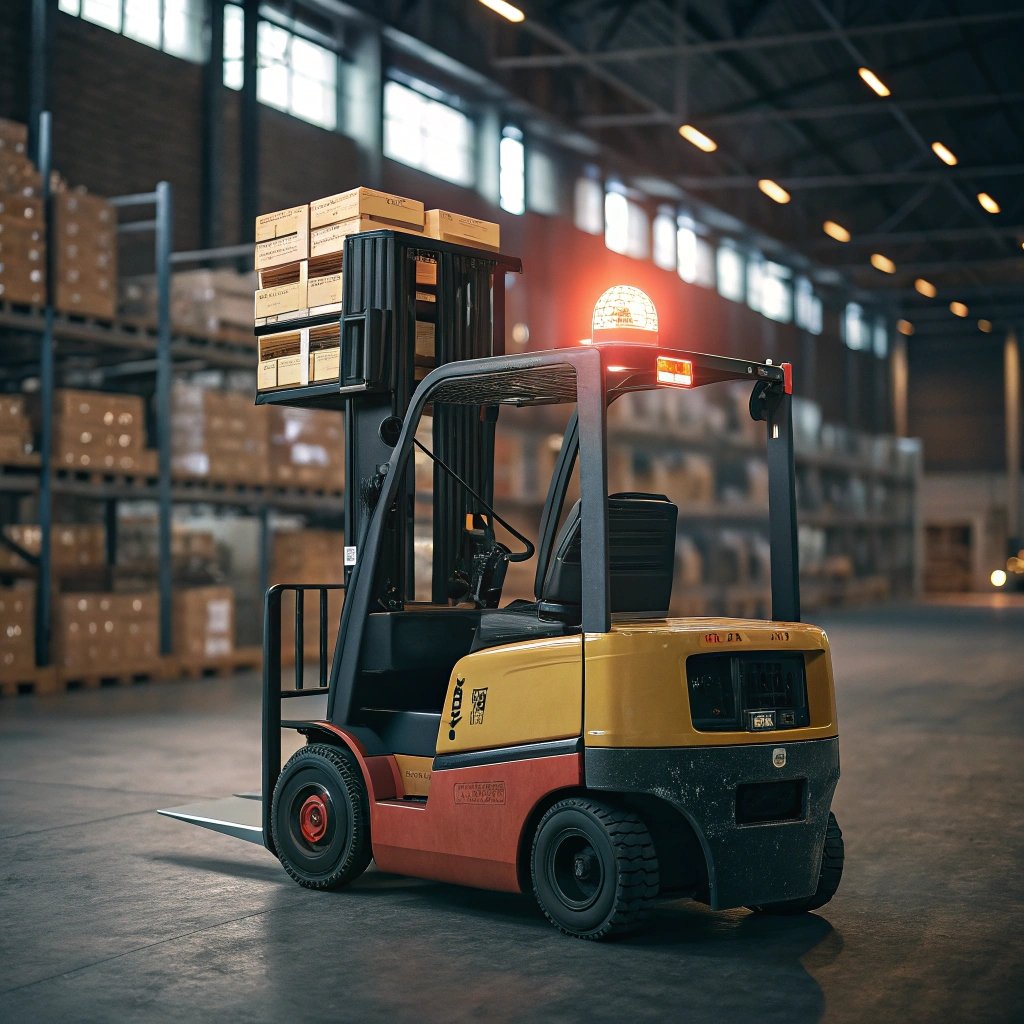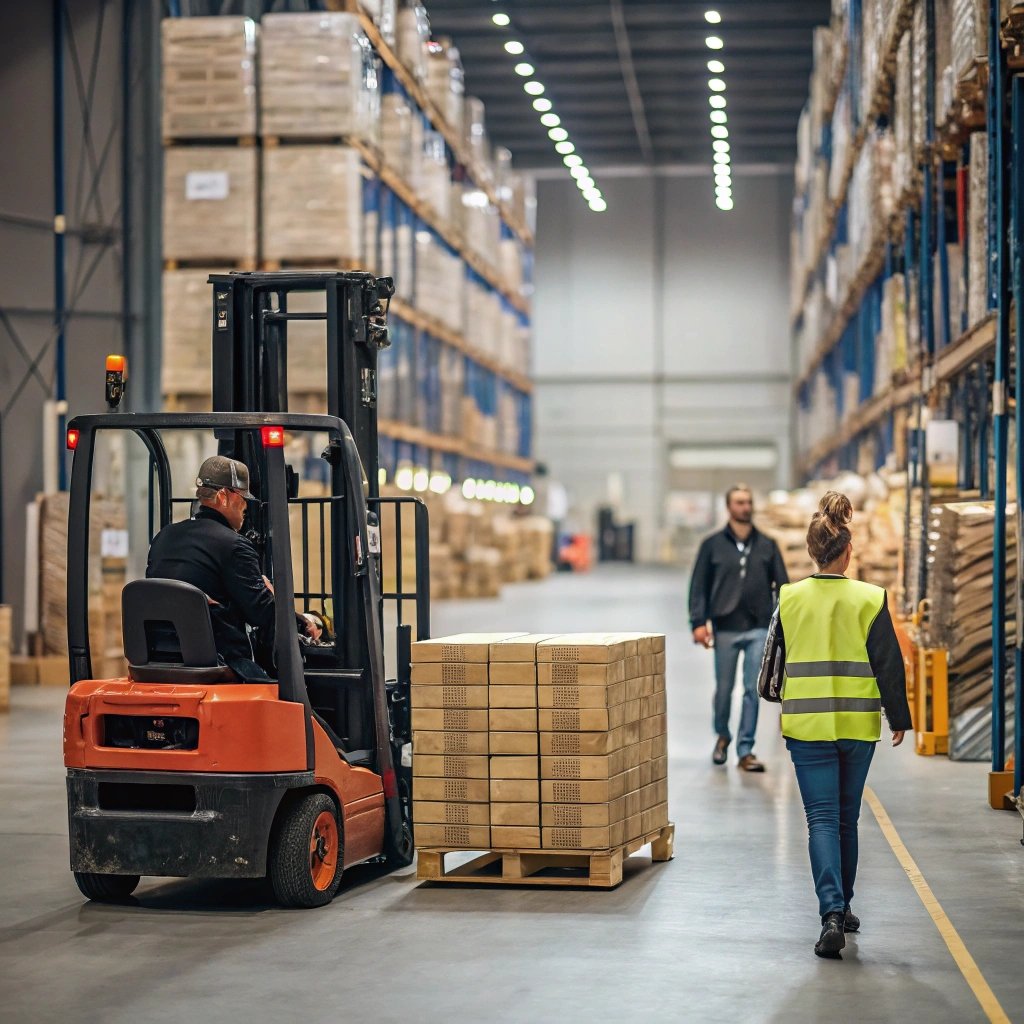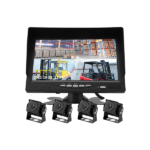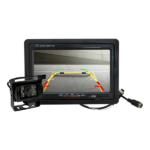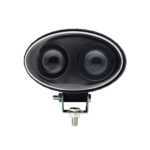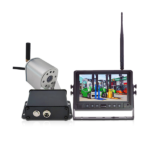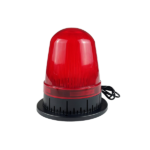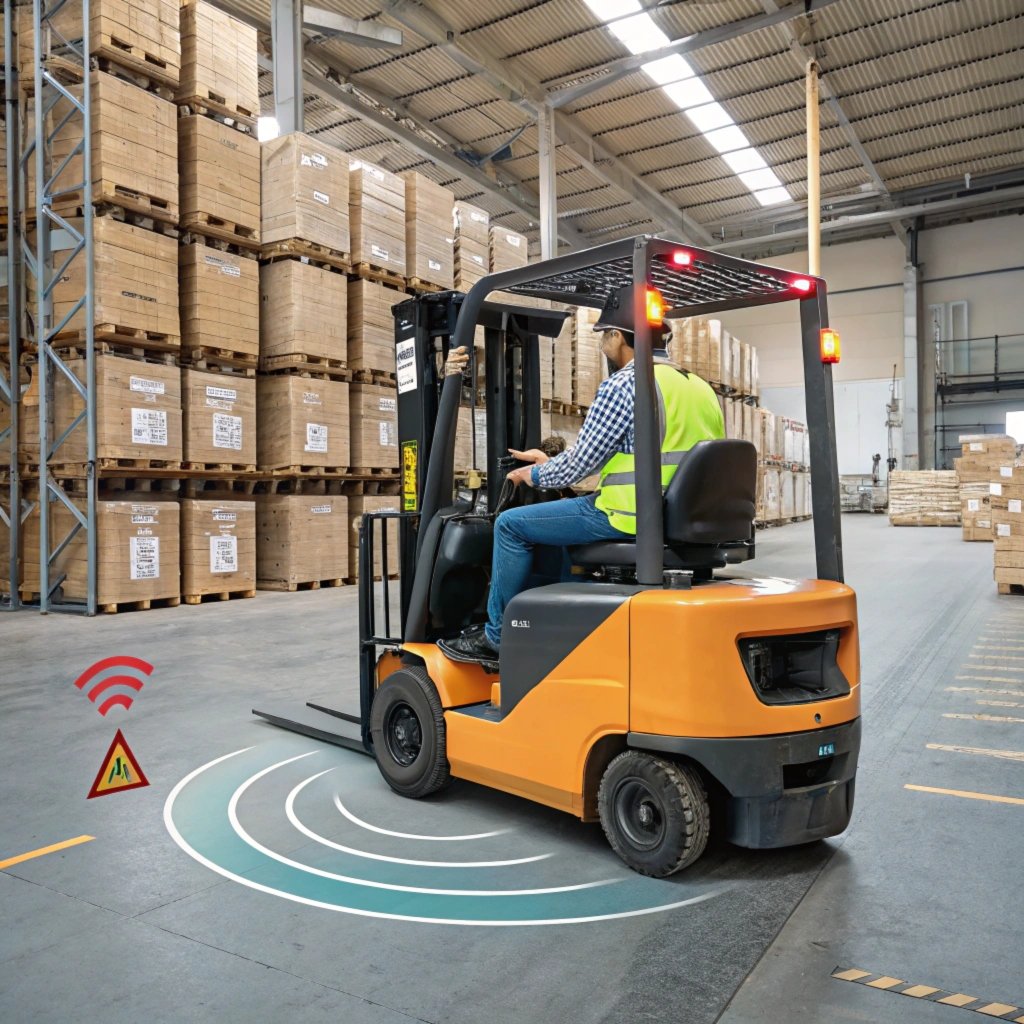Table of Contents
Forklifts are an essential piece of equipment in warehouses, construction sites, and manufacturing facilities, and understanding how much a forklift weighs is key to ensuring safe and efficient operations. While their lifting capacity often takes center stage, one question frequently arises: how much does a forklift weigh? Understanding the weight of a forklift is crucial for safe operation, transportation, and compliance with workplace safety regulations. In this guide, we’ll break down the key factors influencing forklift weight and highlight why this information is vital for operators and business owners alike.
Average Weight of a Forklift
The average forklift weighs approximately 9,000 pounds (4,082 kilograms). This is about three times heavier than the average car, which typically weighs around 3,000 pounds. Forklift weight varies depending on its type, size, and intended use. For example:
Electric forklifts: These are generally lighter due to the absence of internal combustion engines, but the battery adds significant weight.
Diesel or gas forklifts: These tend to weigh more because of their robust construction and fuel systems.
Heavy-duty forklifts: Designed for lifting extremely heavy loads, these models can weigh over 50,000 pounds.
Why Are Forklifts So Heavy?
The weight of a forklift isn’t arbitrary—it’s a critical component of its functionality and safety. Forklifts rely on a counterweight to balance the load being lifted. The counterweight, located at the rear of the forklift, prevents the machine from tipping forward when carrying heavy loads. Additionally, the materials used in forklift construction, such as steel, contribute to their substantial weight.
Factors That Affect Forklift Weight
Several factors influence the weight of a forklift, including:
Load Capacity: Higher-capacity forklifts require heavier counterweights to remain stable.
Type of Fuel: Electric models include heavy batteries, while diesel and propane forklifts have additional engine components.
Attachments: Additional equipment, such as clamps or extensions, can increase the overall weight.
Frame Size: Larger forklifts, designed for industrial use, naturally weigh more.
Why Knowing Forklift Weight Matters
Understanding the weight of a forklift is vital for several reasons:
Transportation and Logistics
When transporting forklifts on trucks or trailers, operators need to ensure the vehicle can handle the weight. Exceeding weight limits can lead to accidents or damage to the vehicle.
Workplace Safety
Forklift weight impacts its stability and maneuverability. Operators must account for the machine’s weight when navigating tight spaces or uneven terrain.
Floor Load Capacity
In warehouses and factories, knowing the weight of a forklift ensures that floors can handle the combined weight of the forklift and its load.
Why Forklift Safety is Paramount
Forklift collisions are one of the most common causes of workplace injuries and fatalities. In environments where forklifts and pedestrians share the same space, the risk of accidents significantly increases. One collision can lead to severe consequences, not only for the operator but also for nearby workers.
The Role of AI Anti-Collision Technology
To enhance workplace safety and prevent accidents, forklift AI anti-collision technology is becoming a game-changer in forklift operations. Advanced systems, such as those provided by Nine Chip Electronic, use camera and artificial intelligence.
- Detect obstacles and pedestrians in real time.
- Provide audio and visual alerts to operators.
- Automatically adjust the forklift’s speed or stop the machine to avoid collisions.
Why Choose AI Anti-Collision Technology?
Protects Lives: Preventing one collision can save a pedestrian from severe injury or even death.
Reduces Downtime: Avoiding accidents ensures uninterrupted operations.
Reduces Downtime: Avoiding accidents ensures uninterrupted operations.
Forklift ai anti collision technology that integrated to anti collison system will greatly reduce accident in the workplace.
Final Thoughts
Knowing how much a forklift weighs is more than a matter of curiosity—it’s essential for safe and efficient operations. Additionally, prioritizing forklift safety through innovations like AI anti-collision technology is crucial for protecting both workers and equipment, boosting safety and efficiency with advanced AI solutions. If you’re looking to enhance the safety of your forklift operations, consider integrating solutions from Nine Chip Electronic. Remember, one collision can be fatal.
More Articles
Please check the following for more articles.

